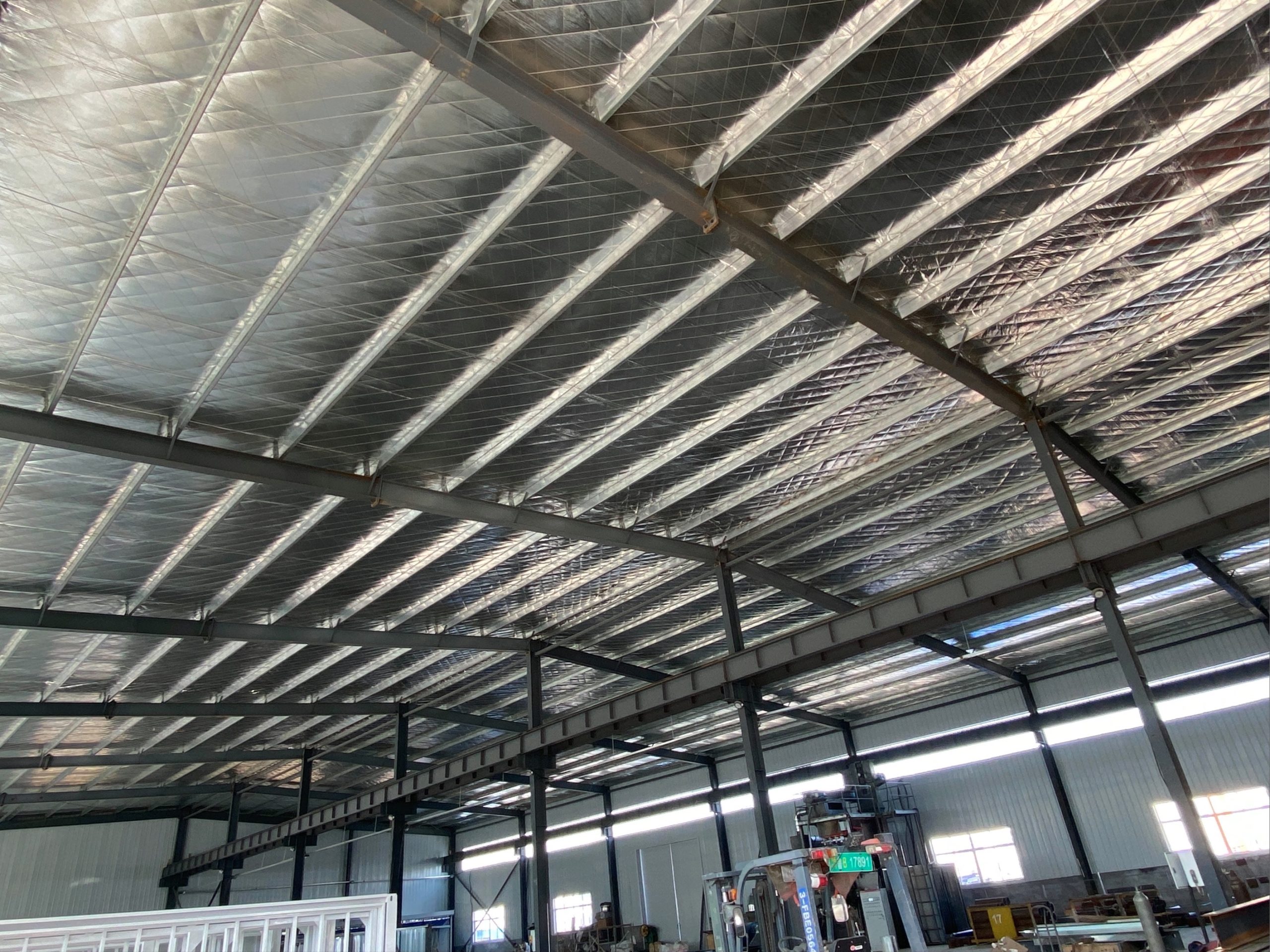Table of Contents
Production Processes of Mineral Wool Board
Mineral wool board is a popular building material known for its excellent thermal and acoustic insulation properties. It is made from natural Minerals such as Basalt, diabase, and dolomite, which are melted at high temperatures and spun into fibers. These fibers are then compressed and bonded together to form rigid Boards that can be used in a variety of applications, from residential to commercial buildings.
The production process of mineral wool board begins with the selection of raw materials. Basalt is the most commonly used mineral due to its abundance and excellent thermal properties. Diabase and dolomite are also used in smaller quantities to enhance certain characteristics of the final product. These minerals are mined from quarries and crushed into small particles before being melted in a furnace at temperatures exceeding 1,400 degrees Celsius.
Once the minerals are melted, they are spun into fibers using a process called centrifugal spinning. This involves forcing the molten material through a spinner to create thin strands of fibers. These fibers are then collected on a conveyor belt and sprayed with a binding agent, typically a resin or a Starch-based adhesive, to help them stick together. The fibers are then compressed and cured in an oven to form rigid boards of mineral wool.
The production process of mineral wool board is highly automated to ensure consistency and quality. Machines are used to control the temperature, pressure, and speed of each step, from melting the minerals to compressing the fibers into boards. This automation helps to minimize human error and produce boards that meet strict industry standards for insulation performance and fire resistance.

Raw material choices play a crucial role in determining the properties of mineral wool board. The type of mineral used, the melting temperature, and the binding agent all influence the thermal conductivity, density, and fire resistance of the final product. Basalt is preferred for its high melting point and low thermal conductivity, making it an excellent choice for insulation applications. Diabase and dolomite are used in smaller quantities to adjust the density and acoustic properties of the boards.
In addition to the raw materials, the production process itself can also affect the performance of mineral wool board. The thickness of the boards, the density of the fibers, and the curing time all play a role in determining the insulation value and durability of the final product. Boards that are too thin may not provide adequate insulation, while boards that are too dense may be difficult to install.
Overall, the production processes and raw material choices of mineral wool board are carefully selected to create a high-quality building material that offers superior thermal and acoustic insulation properties. By using natural minerals, advanced manufacturing techniques, and strict quality control measures, manufacturers can produce boards that meet the demanding requirements of modern construction projects. Whether used in residential homes, commercial buildings, or industrial facilities, mineral wool board continues to be a popular choice for architects, builders, and homeowners looking for energy-efficient and sustainable insulation solutions.
